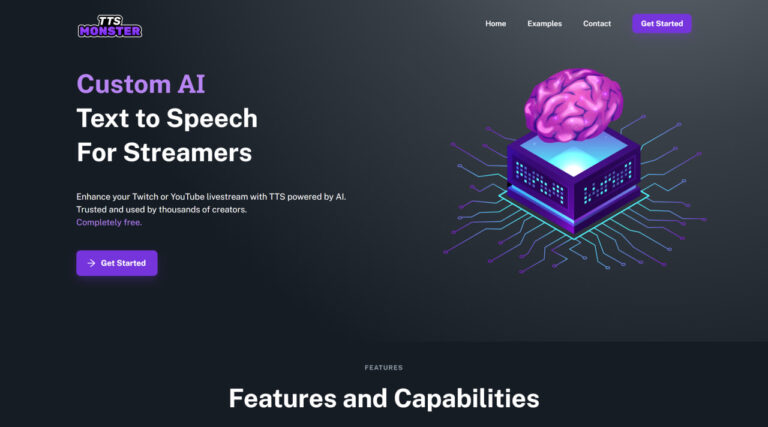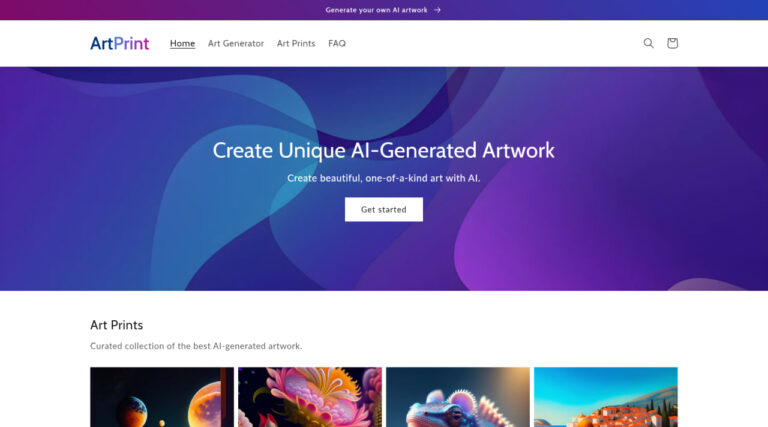Riffusion is an innovative neural network developed by Seth Forsgren and Hayk Martiros, designed to generate music using images of sound instead of traditional audio input. This AI model is a fine-tuned version of the Stable Diffusion 1.5 image synthesis model, adapted to process sound in the visual space. By creating visual representations of sound in the form of sonograms, Riffusion interprets text prompts and generates unique music compositions based on the provided descriptions.
Features:
- Sonogram-Based Music Generation: Riffusion employs sonograms, which are two-dimensional visual representations of audio, to store the information about the sound. In a sonogram, the X-axis represents time, and the Y-axis represents the frequency of the sounds, while the color of each pixel in the image signifies the amplitude of the sound at a specific moment in time.
- Fine-Tuned Stable Diffusion Model: The Riffusion model is fine-tuned on images of spectrograms paired with relevant text descriptions. This process enables Riffusion to generate infinite variations of music compositions based on the provided prompts.
- Interactive Web App: Riffusion offers an interactive web app on its website that allows visitors to experiment with the AI model. Users can input various prompts and receive interpolated sonograms, which can be converted into audio, providing a unique and engaging music exploration experience.
- Fusion of Styles: Riffusion has the ability to fuse different musical styles, encouraging users to experiment with creative combinations. By inputting prompts that describe various music genres or sounds, users can witness novel and intriguing musical results.
Use Cases:
- Music Composition and Exploration: Musicians, composers, and music enthusiasts can utilize Riffusion to explore and experiment with different musical styles and combinations. The AI-generated music provides a platform for creative expression and inspiration.
- Unique Soundscapes: Riffusion can be used to create unique soundscapes for various applications, such as multimedia projects, sound design, and artistic expression. By combining different prompts, users can generate captivating audio compositions.
- Novel Music Generation: Riffusion’s capability to generate music based on text prompts allows users to create music that might not have been conceived through traditional means. It opens up possibilities for fresh and experimental music creation.
Conclusion:
Riffusion is an AI model that brings a novel approach to music generation by converting text prompts into visual sonograms and then translating them into audio compositions. Developed as a hobby project, Riffusion’s fine-tuned Stable Diffusion model allows for creative experimentation with music styles and compositions. While it may produce music that varies in quality, Riffusion showcases the potential of latent diffusion technology to manipulate audio in the visual space, offering users a unique and engaging music generation experience.













